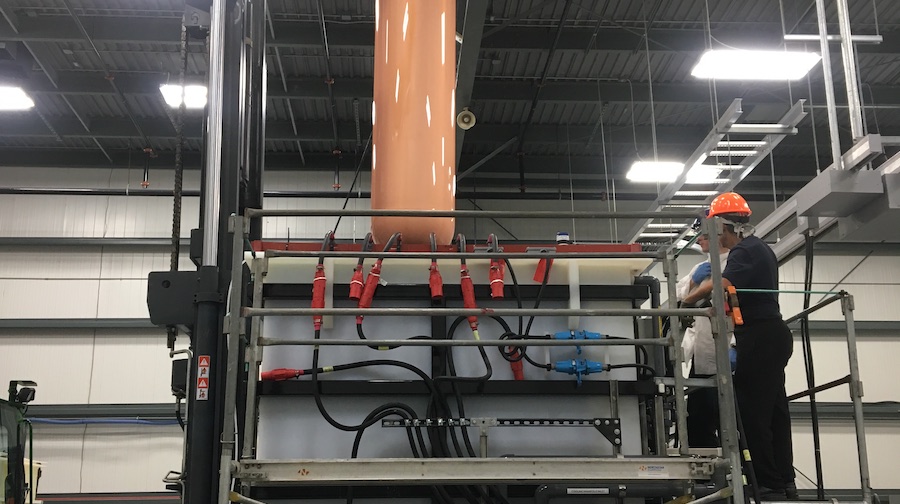
Copper is now being used to clad used nuclear fuel containers -or UFCs- so that it is safe to store them.
Experts from Canada’s Nuclear Waste Management Organization designed, developed and manufactured a first-of-a-kind system that allows coating the containers with copper through an electroplating process, something that is expected to prevent corrosion.
Although electroplating has been around for at least 100 years – it is typically used to make copper pennies – this is one of the first adaptations of the technology to create thick cladding
To produce such a result, the used fuel containers are immersed in a copper-based electroplating solution for approximately 10 days. During this time, copper cladding four to five millimetres thick forms.
“The Nanovate Testing System (NTS) tank is purpose-built specifically to coat our used fuel containers with copper,” Derek Wilson, Chief Engineer and Vice-President of Contract Management at the NWMO, said in a media statement. “Many factors – such as temperature, chemical solution and surface finish – can affect the outcome. With careful consideration of these factors, we have had success.”
According to Wilson, the copper